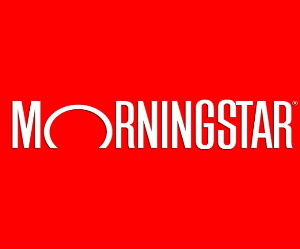The oil market began the week with a thud
The oil market began the week with a thud: Sevens Report Co-Editor, Tyler Richey, Quoted in Morningstar
Oil prices finish lower, holding ground at lowest since mid-June
“The oil market began the week with a thud [Monday], failing to stabilize after the sharp losses in the back half of last week,” said Tyler Richey, co-editor at Sevens Report Research.
Richey said last week’s significant drop in implied gasoline demand reported by the Energy Information Administration remains a “major bearish influence on the market.”
Also, from a supply standpoint, improved prospects for a victory by former President Donald Trump in the 2024 election are “price-negative for oil,” given his plans to “support production increases to increase energy independence and lower prices,” said Richey.
Also, click here to view the full MarketWatch article published on Morningstar on July 22nd, 2024. However, to see the Sevens Report’s full comments on the current market environment sign up here.
Lastly, If you want research that comes with no long-term commitment, yet provides independent, value-added, plain English analysis of complex macro topics, then begin your Sevens Report subscription today by clicking here.
To strengthen your market knowledge take a free trial of The Sevens Report.
Join hundreds of advisors from huge brokerage firms like Morgan Stanley, Merrill Lynch, Wells Fargo Advisors, Raymond James, and more! To start your quarterly subscription and see how The Sevens Report can help you grow your business, click here.


